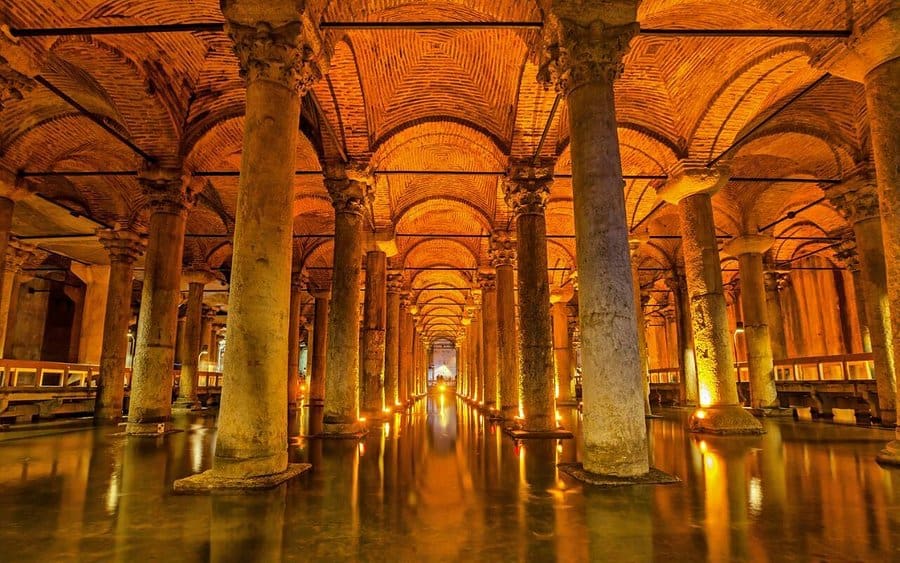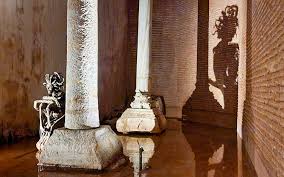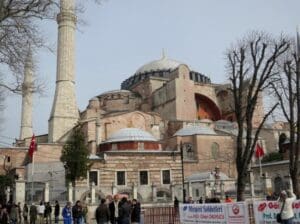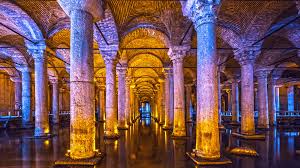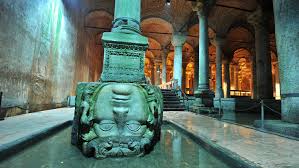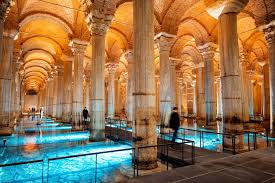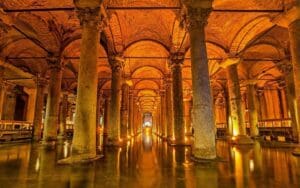Description
The Basilica Cistern, located in Istanbul, Turkey, is a remarkable ancient underground water reservoir built during the reign of Byzantine Emperor Justinian I in the 6th century. It was constructed to provide a secure water supply to the Great Palace of Constantinople and other buildings in the city, especially during sieges or droughts. Covering an area of about 9,800 square meters, the cistern can hold up to 80,000 cubic meters of water, supported by 336 marble columns arranged in 12 rows.
One of the most captivating features of the Basilica Cistern is its atmospheric ambiance, created by dim lighting reflecting off the still water and the elegant columns rising from the waterbed. Two of the columns famously feature carved Medusa heads used as their bases, though their origin and meaning remain a subject of debate and fascination among historians. The cistern’s blend of utility and artistry makes it a unique example of Byzantine engineering and aesthetics.
Today, the Basilica Cistern is a popular tourist attraction, offering visitors a chance to explore this hidden subterranean world beneath Istanbul’s bustling streets. Walkways and bridges allow easy access, and the cistern has been featured in numerous films and literature, contributing to its mystique and allure. It stands as a testament to the ingenuity of ancient urban infrastructure and the rich history of Istanbul.
Location
-
Alemdar, Yerebatan Caddesi, Fatih/İstanbul, Türkiye
